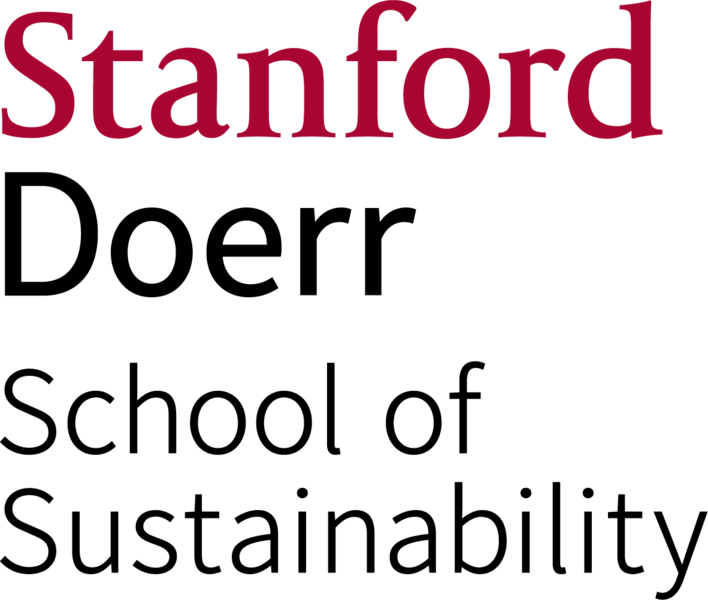Our Mission Statement
The Basin Processes and Subsurface Modeling Industrial Affiliates Program at Stanford University advances the understanding of subsurface rock and fluid systems and their interactions by integrating data and models from across geoscience disciplines to identify controlling processes and quantify uncertainties.

Affiliates Meeting
Our 15th Annual Meeting was held in Santa Cruz, California, on Sunday, December 4, 5, and 6, 2022.

Program Motivation
Virtually all major oil companies have independently recognized the need for 4-D petroleum system models (also called basin models) because they:
- Organize data, allowing deficiencies or inconsistencies to be identified
- Archive data (data loss due to personnel attrition and reorganization is a major cost factor)
- Facilitate visualization of geologic processes and communication with stakeholders and
- Add value by converting static data into dynamic processed data and interpretations.
The accessibility content below is required by University Communications for all large units at Stanford:
Web Accessibility
Stanford University is committed to providing an online environment that is accessible to everyone, including individuals with disabilities.
Having trouble accessing any of this content due to a disability? Learn more about accessibility at Stanford and report accessibility issues



